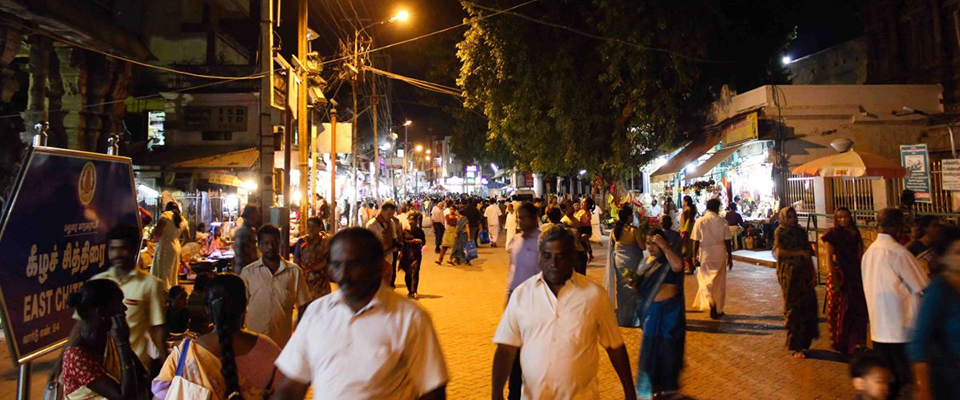Adapted from an article by Christopher Kost and Jaya Bharathi Bathmaraj in Times of India
The growing traffic problems in Indian cities call for urgent and effective remedies. Yet old-school “solutions” such as flyovers, wider roads, and elevated expressways actually make matters worse. Such infrastructure may provide a short-term illusion of relief from traffic woes, but by making it easier for people to use their own vehicles, new roads attract even more traffic and repeat the vicious cycle of congestion all over again.
Smart cities realize that the key to urban mobility is moving people, not vehicles. This means giving priority to the cleanest, most efficient modes: walking, cycling, and public transport.

To build the popular Cheonggyecheon Greenway in Seoul, the city torn down an elevated highway, replacing it with a vibrant public space.
Around the world, cities from Seoul to San Francisco are tearing down flyovers and replacing them with human scaled spaces that promote green modes of transport. In doing so, these cities have been able to reduce pollution, improve safety, and ensure that high quality public transport offers a meaningful alternative to sitting in traffic.
It’s time for Indian cities to do the same, and those in the State of Tamil Nadu should take the lead.
One of the fundamental requirements of a smart transport system is footpaths. In India, the Corporation of Chennai’s groundbreaking initiative to create high quality footpaths on the city’s major roads has shown that better designs can carve out space for broad, continuous walkways while streamlining the flow of traffic. In addition, Indian cities should invest in more dedicated walking spaces. Successful examples, such as the well-used pedestrian zone around the Meenakshi Temple in Madurai (photo above), should be replicated and expanded throughout the state and country.
The next key piece of redesigning India’s streets must be the rapid expansion of cycle tracks. Local bodies, the Highways Department, and other agencies that oversee the design of major streets all have a role to play in ensuring that every cycle journey is a safe one. Though the State of Tamil Nadu is a pioneer in the mass distribution of bicycles to schoolchildren, students often abandon their bikes for motorized scooters as they get older. India must build streets with dignified cycling facilities, allowing cycling to become a lifelong habit.

Rapid transit requirements in six major cities in the state of Tamil Nadu.
For longer-distance trips, Indian cities need fast, reliable mass transit to meet the growing demand for mobility. By international standards, our cities need 40 km of mass transit for every 10 lakh (one million) residents.
This means that the six largest cities in the State of Tamil Nadu require over 630 km of rapid transit. Currently there are only around 100 km—all of it in Chennai. At present rates, it would take two generations to build enough rapid transit!
We need to quickly scale up our ability to provide high capacity public transport corridors in all of the major urban centres in the state. One of the most cost effective options is bus rapid transit (BRT). BRT systems feature dedicated median lanes for buses, allowing commuters to bypass the congestion in mixed traffic lanes. BRT can be deployed quickly and at a fraction of the cost of rail-based systems.
Finally, as cities expand sustainable transport options, they need to do a better job of managing streets by ending free and subsidized parking. The cost of on-street parking should reflect the value of the public land that it occupies. The cities of Chennai and Coimbatore are showing the way through their initiatives to implement modern, IT-based parking management and enforcement systems. The revenue from parking fees can be plowed back into alternative transport initiatives, such as better streets and improved public transport.
To read the article click here.







